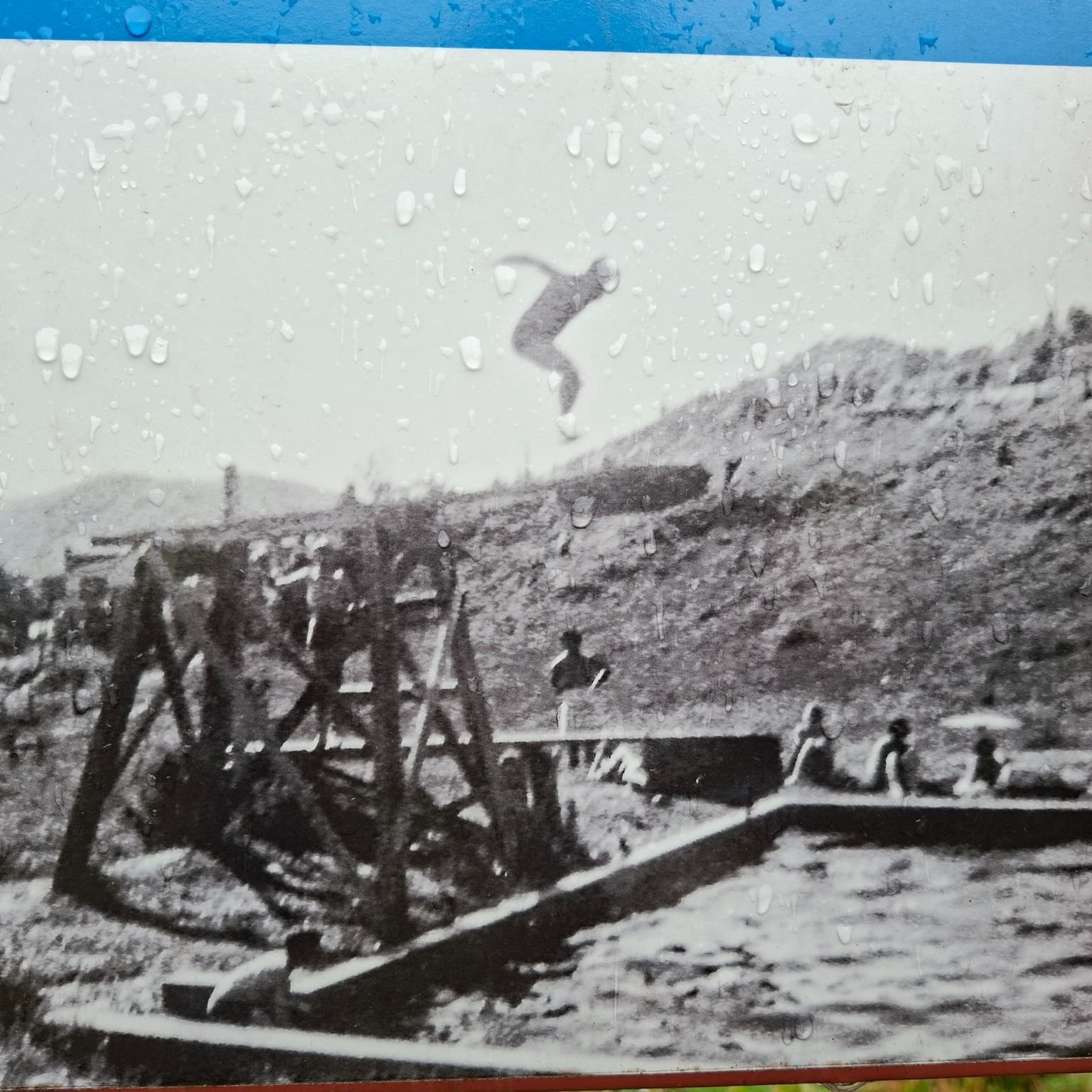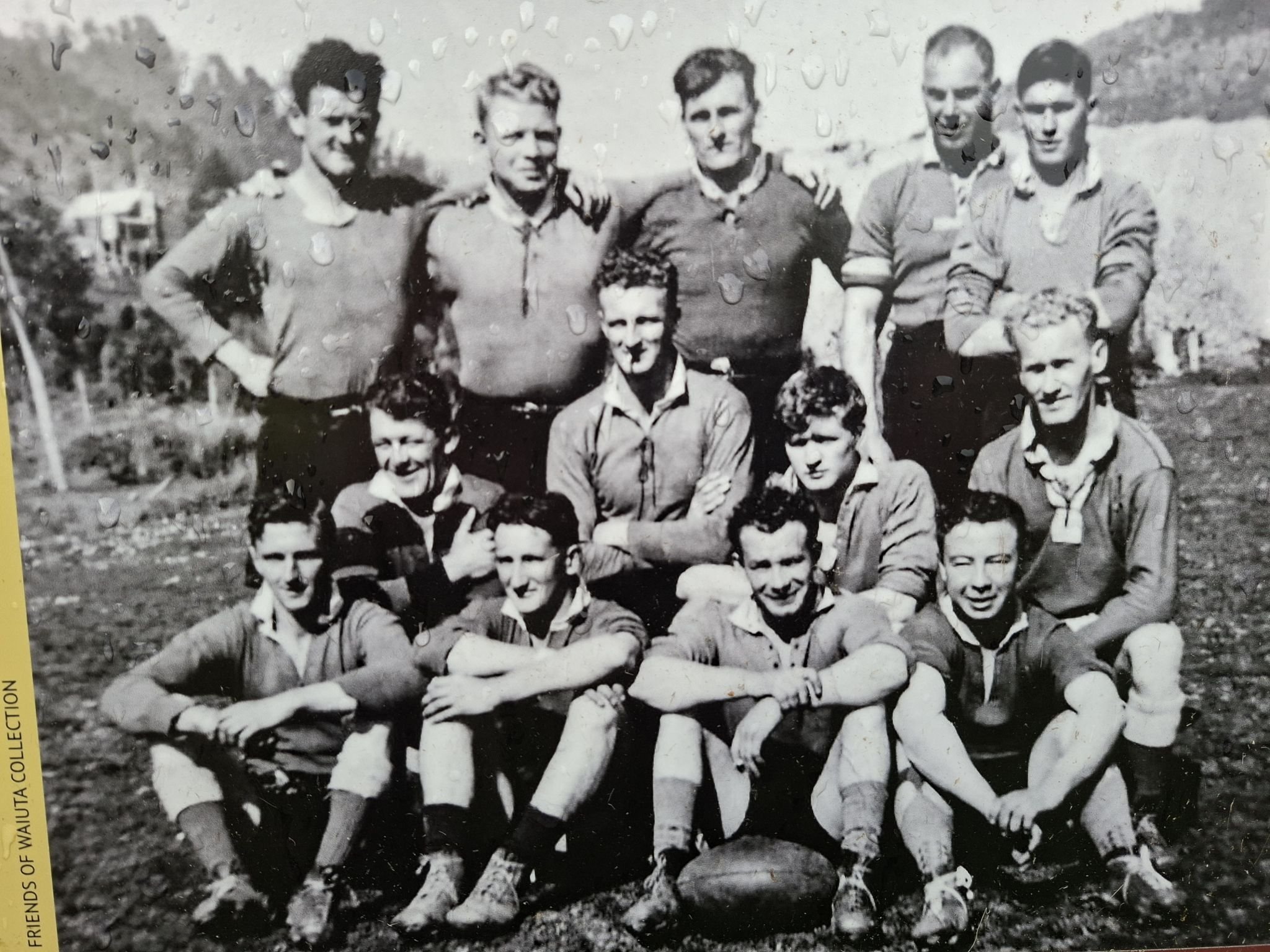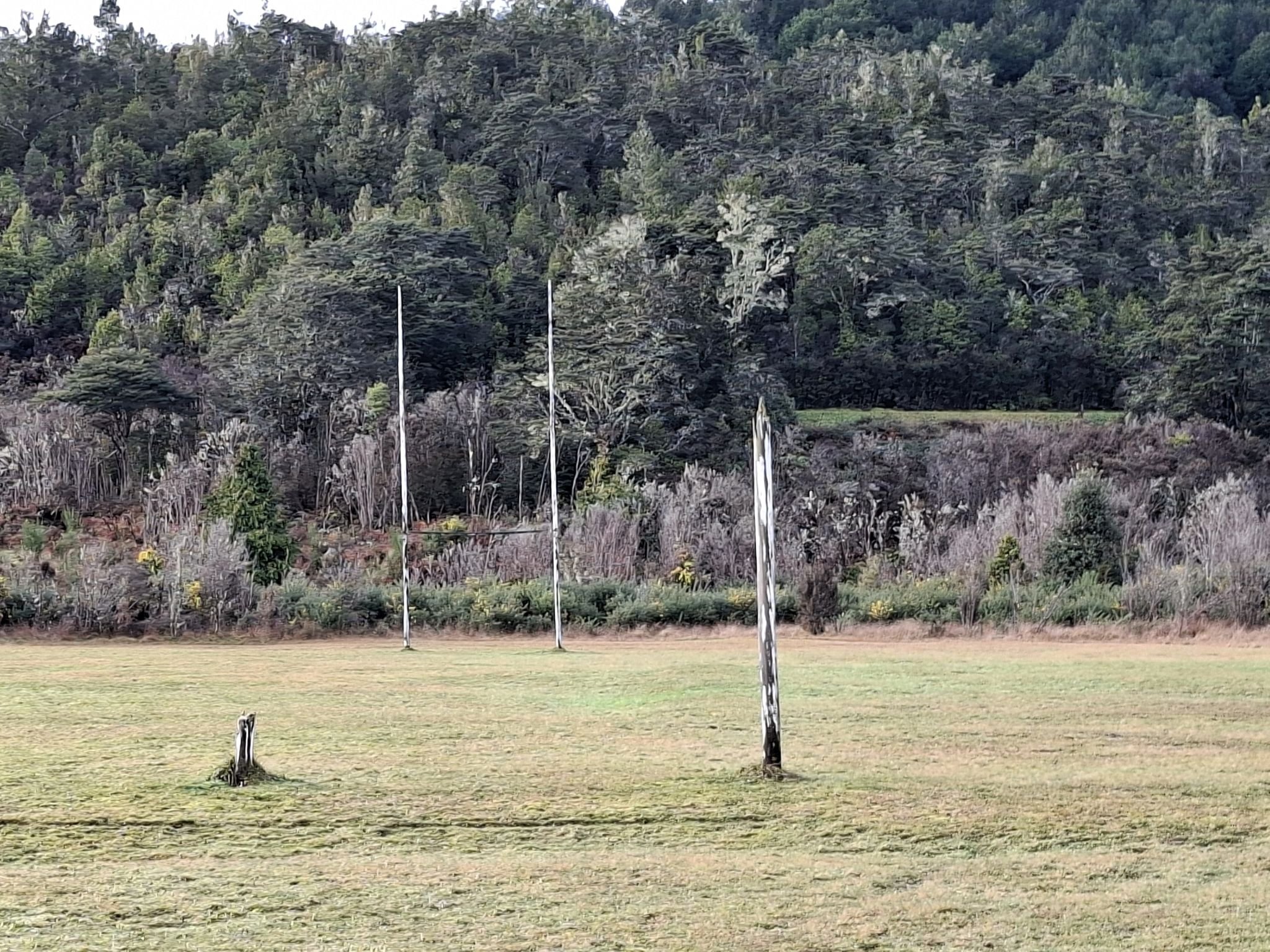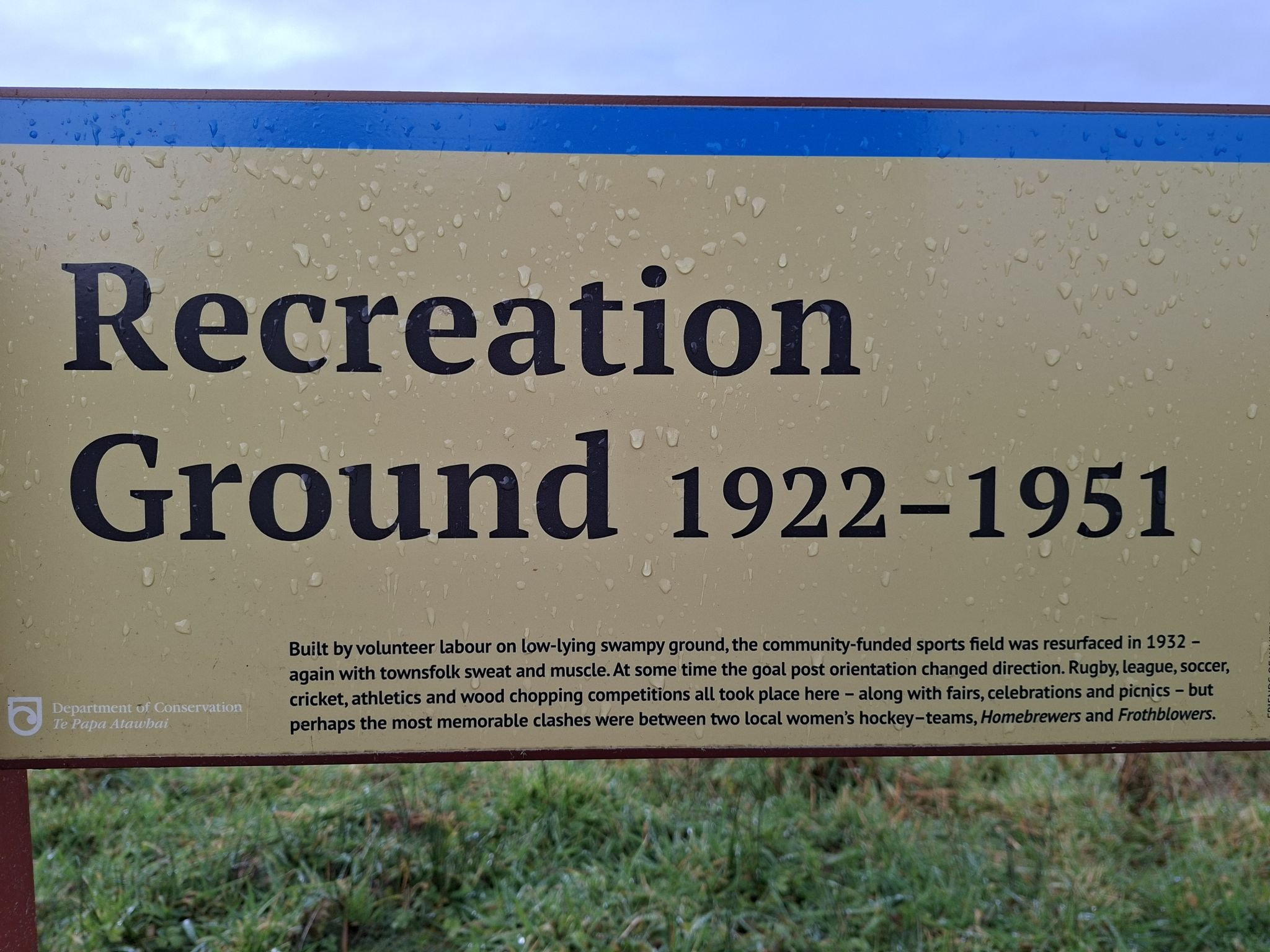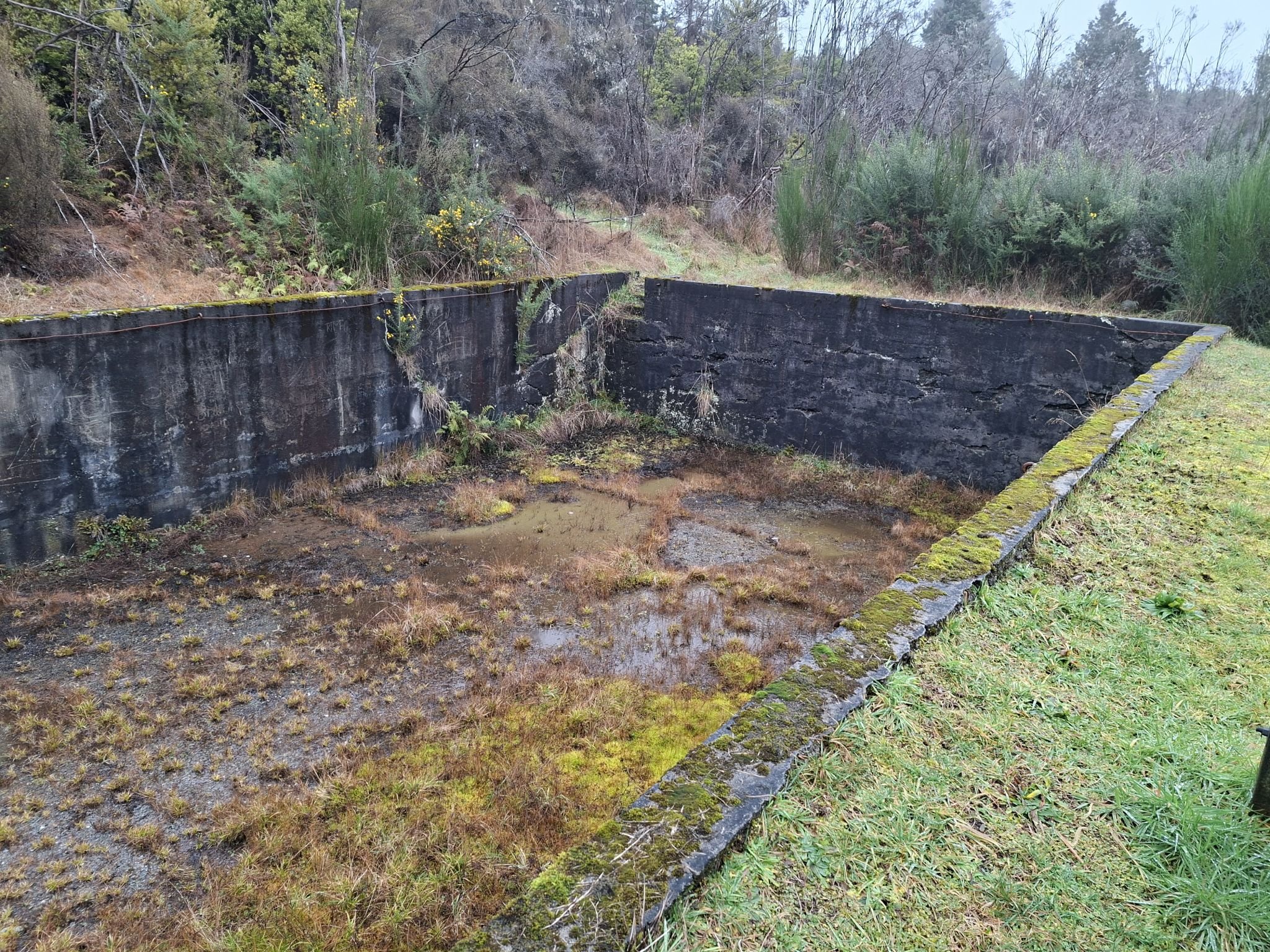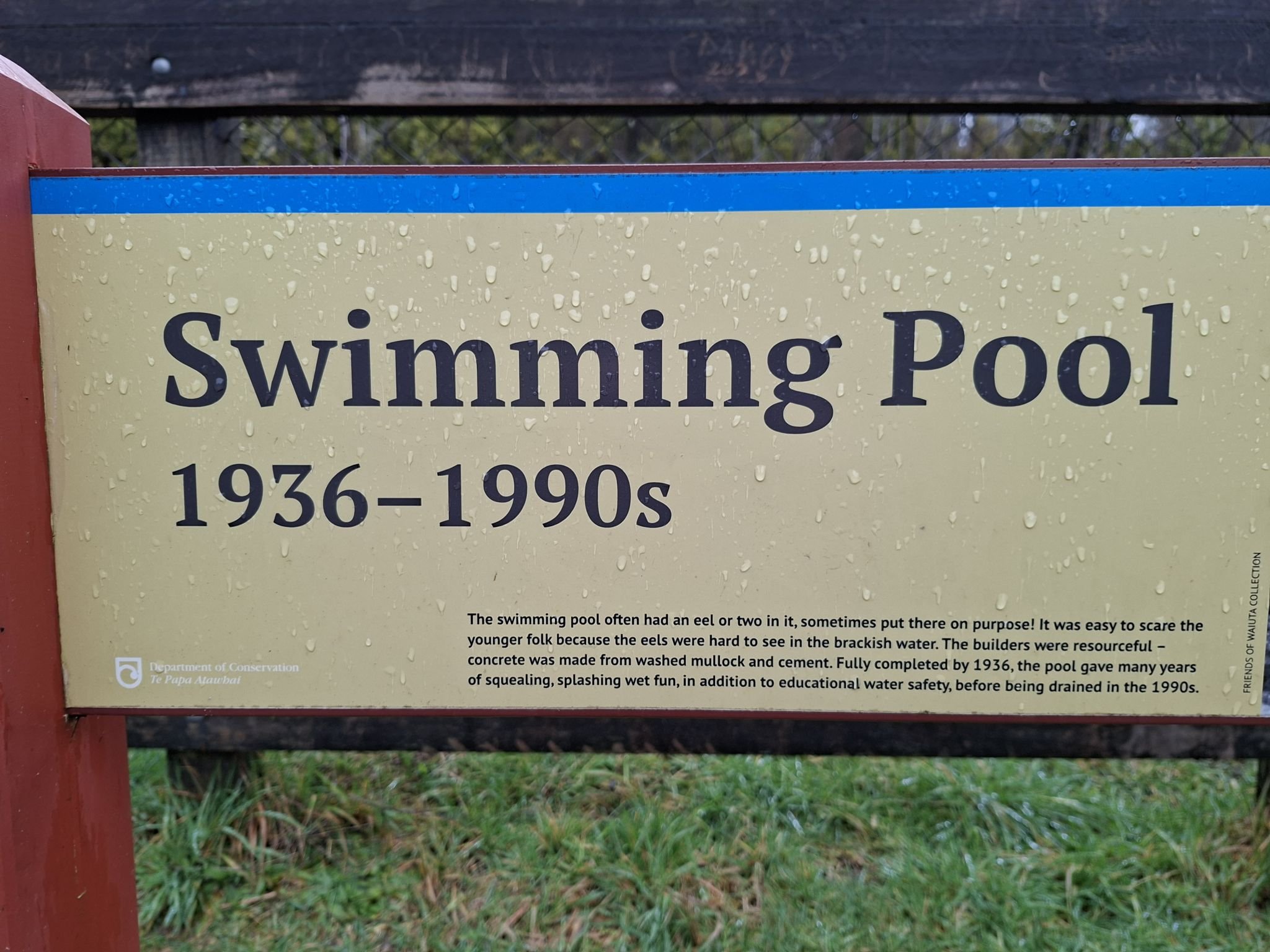Waiuta: How Sport and Recreation Built a Community That Still Echoes Today
Communities evolve and change, some more quickly than others. However a common thread through change appears to be the need for connection and belonging; something recreation and sport can deliver so well on.
I was reminded of this with a recent visit to Waiuta, a ghost town south of Reefton on the West Caost of Te Waipounamu. Waiuta had a relatively short life, in terms of a town. It was there for around 45 years. As we walked around the derelict buildings I was drawn into how life would have been. Many miles from other towns, totally reliant on goods to come in via horse and cart, tram and in later years by motor vehicle.
What was very obvious was the sense of belonging and community Waiuta created in the short time it was around. There were many opportunities to recreate for men, women and children. The most popular activity, according to one of the historical interp boards was the local women’s hockey derby between the Homebrewers and the Frothblowers. There were rugby teams for the men, along with a lawn bowls club built on the flattened off layers of rock remnants, complemented with soil that was transported in from another town.
The local pool only closed in the 1990’s, some 40 years after the community all but vanished. You can only imagine how popular this was for people to hang out on a hot summer’s day.
One sign that really struck a chord was a tribute to the Women’s Institute. It paid homage to the critical role women played in those pioneering days, while their men were down the mine shafts. They volunteered in all sorts of forms to keep the community running, with an interp board stating they raised money for many of the community organisations.
Sadly, Waiuta was hit with the effects of the Second World War and the a significant mine collapse (n 1951) that saw the population decrease from a high of over 600 people to only 20. I’m sure those people moved to other communities and got their “hit of belonging” from other recreation activities and groups there.
